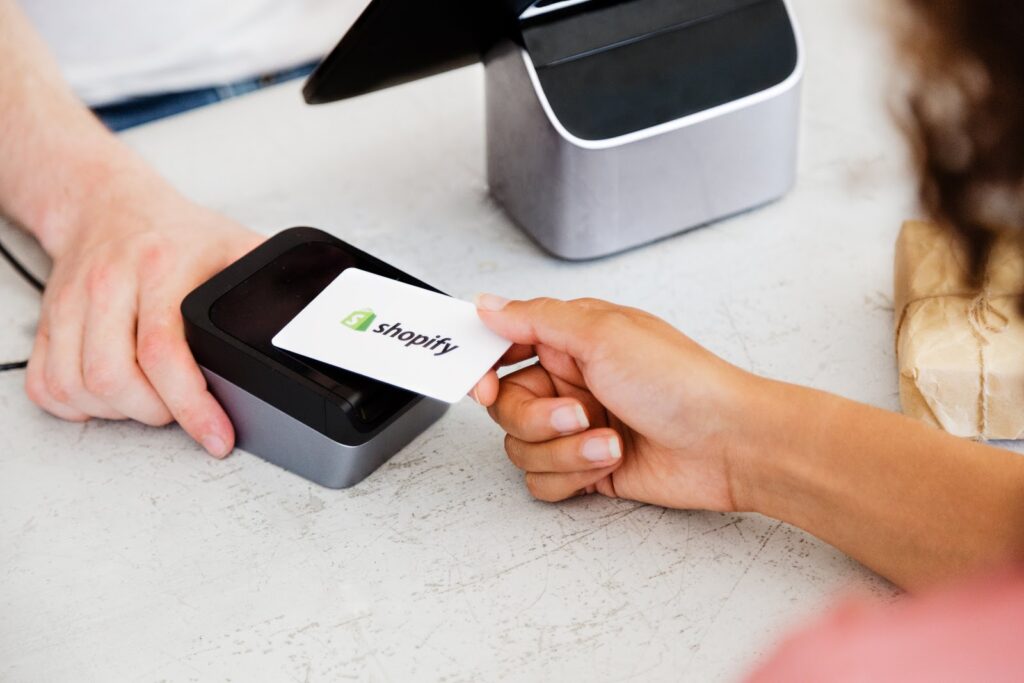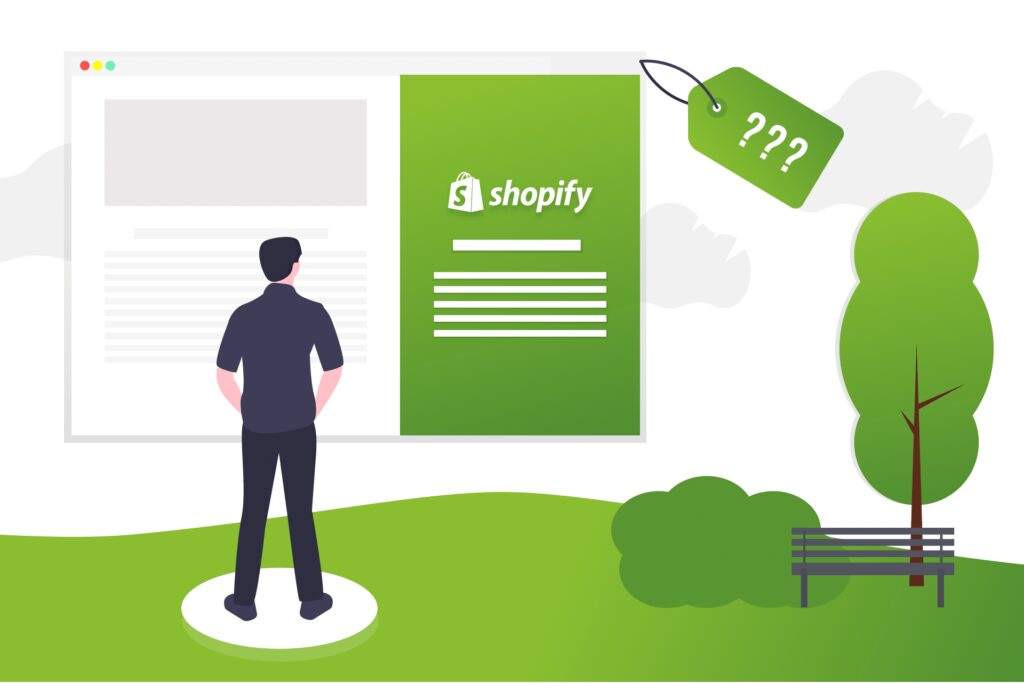Embarking on the journey of launching your very own Shopify store is an exciting prospect. However, before diving headfirst into the world of e-commerce, it’s essential to understand the financial aspects associated with building a successful online business.
Today, we’ll delve into the realm of numbers and unravel the cost factors that come into play when starting a Shopify store. By shedding light on these expenses, we aim to equip aspiring entrepreneurs with valuable insights to make informed decisions for their budding enterprises.
1. Shopify Subscription Plans: Finding the Perfect Fit
At the core of your Shopify experience lies the selection of a subscription plan that best suits your business needs.
Shopify offers a range of plans tailored to cater to various requirements and budgets. The starting point is the Shopify Starter plan, priced at a modest $5 per month. For those seeking a comprehensive package, the popular Shopify Basic plan begins at $29 per month, offering an extensive range of features.
As you move up the ladder, the Shopify plan at $79 per month provides additional perks like gift cards and professional reports, while the Shopify Advanced plan, starting at $299 per month, caters to larger enterprises with advanced reporting tools and real-time carrier shipping.
For high-volume businesses, Shopify offers enterprise-level solutions with custom pricing.
2. Domain Name: Building Your Online Identity

Source: starkflow.co
Establishing a unique brand identity is crucial in the competitive world of e-commerce. Securing a domain name serves as a digital address for your store.
Domain prices can vary depending on the domain registrar and the popularity of your chosen domain extension.
On average, expect to invest approximately $10 to $20 per year for a domain name. The process is made seamless with Shopify’s integrated domain purchasing option, simplifying the setup process.
3. Online Store Design and Development: Creating a Captivating Storefront
As many online business experts like WebandBiz recommend, a visually appealing and user-friendly online store is a vital component of your success on Shopify.
The platform offers a wide selection of customizable themes, with prices ranging from free to a few hundred dollars. Should you desire a tailored store design, engaging the services of a Shopify expert or a web developer becomes an option.
You could find lots of Shopify design services across the web. Just be sure to check their portfolio and the latest works before ordering any service with them.
Costs for professional assistance can vary, ranging from a few hundred to several thousand dollars, depending on your specific requirements.
4. Apps and Add-Ons: Enhancing Functionality
Shopify’s app store acts as a treasure trove of tools and add-ons to enhance your store’s functionality. While many apps are free or offer basic features at no additional cost, premium apps with advanced capabilities may come with monthly fees ranging from a few dollars to hundreds.
It is prudent to consider potential app costs when formulating your budget, starting with a minimal set of apps and expanding as your business evolves.
5. Marketing and Advertising: Making Your Store Stand Out

Source: onthemap.com
To ensure your Shopify store thrives, strategic marketing and advertising efforts are essential. These may include social media advertising, influencer collaborations, search engine optimization (SEO), and email marketing campaigns.
Costs for these activities can vary considerably based on your chosen strategy and the scale of your campaigns.
Allocating a dedicated portion of your budget to marketing endeavors is crucial to reach and engage your target audience effectively.
6. Additional Costs: Covering the Essentials
Running a Shopify store incurs additional expenses that should not be overlooked. Transaction fees for payment gateways are a vital consideration, with rates varying based on your chosen plan.
Other costs include shipping and packaging materials, inventory expenses (if you opt for physical stock), and any supplementary services required, such as professional photography or content creation.
Conclusion
As you embark on your Shopify store venture, comprehending the associated costs is paramount for meticulous planning and prudent decision-making. Balancing your budget becomes a matter of evaluating the subscription plans, securing a domain name, designing an enticing storefront, exploring app options, investing in marketing initiatives, and accounting for other essential expenses. By accounting for these factors, you can lay a solid financial foundation for your Shopify store, paving the way for success in the dynamic world of e-commerce.



